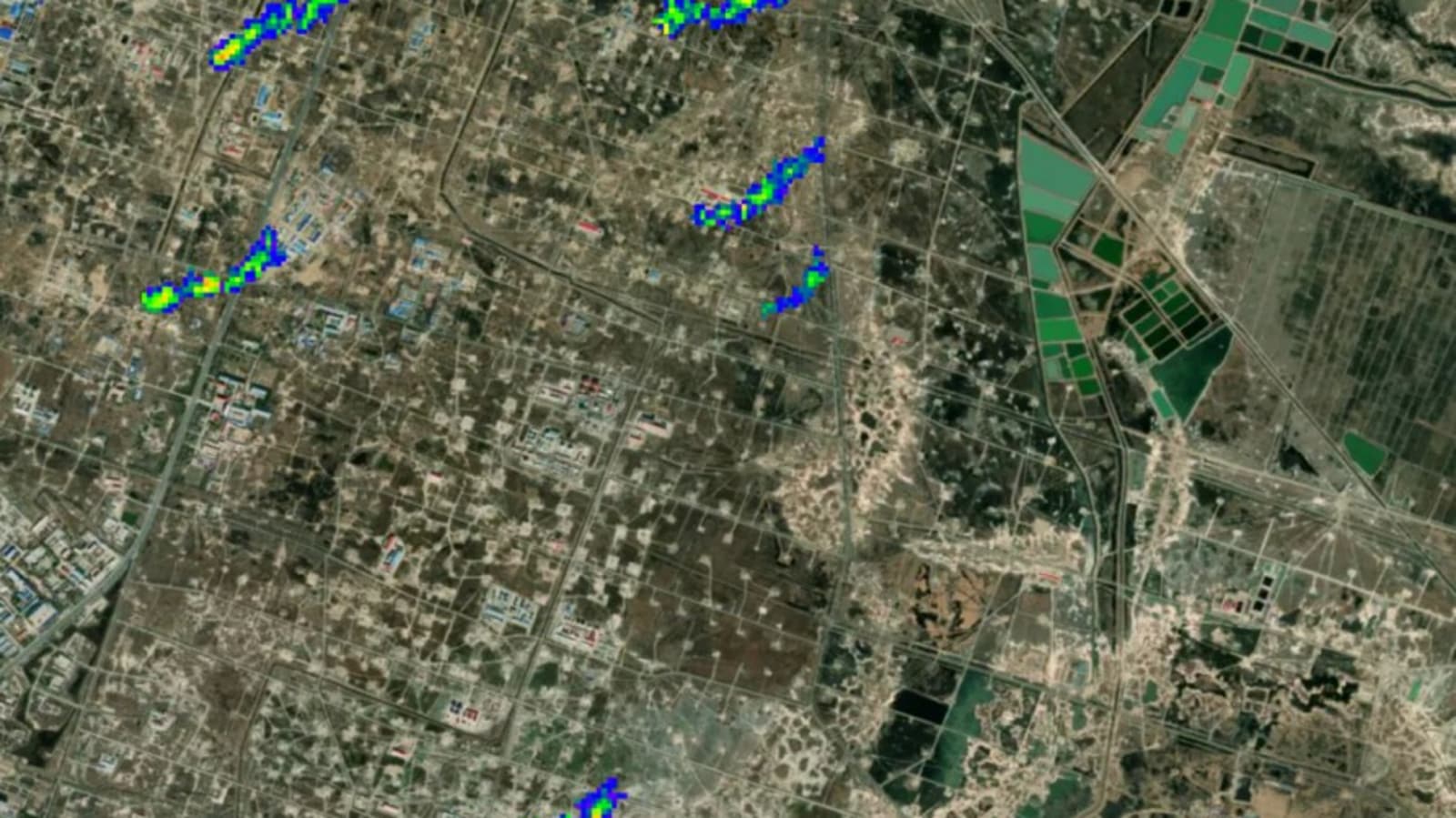NASA Studies GHGSat Methane Data Amid Race for Climate Solutions
The US government agency will evaluate if the greenhouse gas observations from GHGSat can help achieve its Earth science goals.






 View all Images
View all ImagesNASA will study high-resolution satellite observations of global methane releases captured by emissions tracker GHGSat Inc. in the latest sign governments are looking to curb leaks of the potent greenhouse gas. Scientists at NASA's Earth Science Division will evaluate the data under its commercial small satellite data acquisition program and assess if it can help achieve the agency's wider goals, which include mapping the climate effects from human activity, according to a GHGSat statement Wednesday. The initiative currently uses observations from satellite operators including Planet Labs PBC and Maxar Technologies Inc. to augment NASA's own Earth observations.
As the planet rapidly warms triggering extreme weather events from wildfires to heat waves, countries are getting more serious about tracking and halting avoidable leaks of methane, which has more than 80 times the warming power of carbon dioxide during its first 20 years in the atmosphere. Policymakers are increasingly using satellite observations of methane emissions as curbing these releases — from fossil fuel production, agricultural activity and landfills — is one of the fastest and cheapest ways to reign in scorching temperatures within decades. Read more: A Cheap Fix to Global Warming Is Finally Gaining Support
Both the European Union and the US are working on new rules that are intended to limit methane emissions and some 150 countries have joined the Global Methane Pledge, an initiative that aims to reduce global releases of methane 30% by the end of this decade. US officials are also discussing with their Turkmenistan counterparts ways to help the central Asian nation cap some of the world's worst methane emissions that spew from its aging oil and gas operations.NASA's own Jet Propulsion Laboratory and the California Institute of Technology's EMIT instrument that was installed on the International Space Station in July last year began publishing methane emissions data through its public portal in February. Bloomberg Green has used satellite observations from GHGSat, EMIT and analysis from Kayrros SAS to report on previously unreported methane emission events.
NASA will decide after its evaluation if GHGSat's data can be accepted as part of the small satellite data acquisition program and used to support its scientific objectives. GHGSat will provide NASA with new observations and archival data for the assessment, the statement said.
Catch all the Latest Tech News, Mobile News, Laptop News, Gaming news, Wearables News , How To News, also keep up with us on Whatsapp channel,Twitter, Facebook, Google News, and Instagram. For our latest videos, subscribe to our YouTube channel.





























